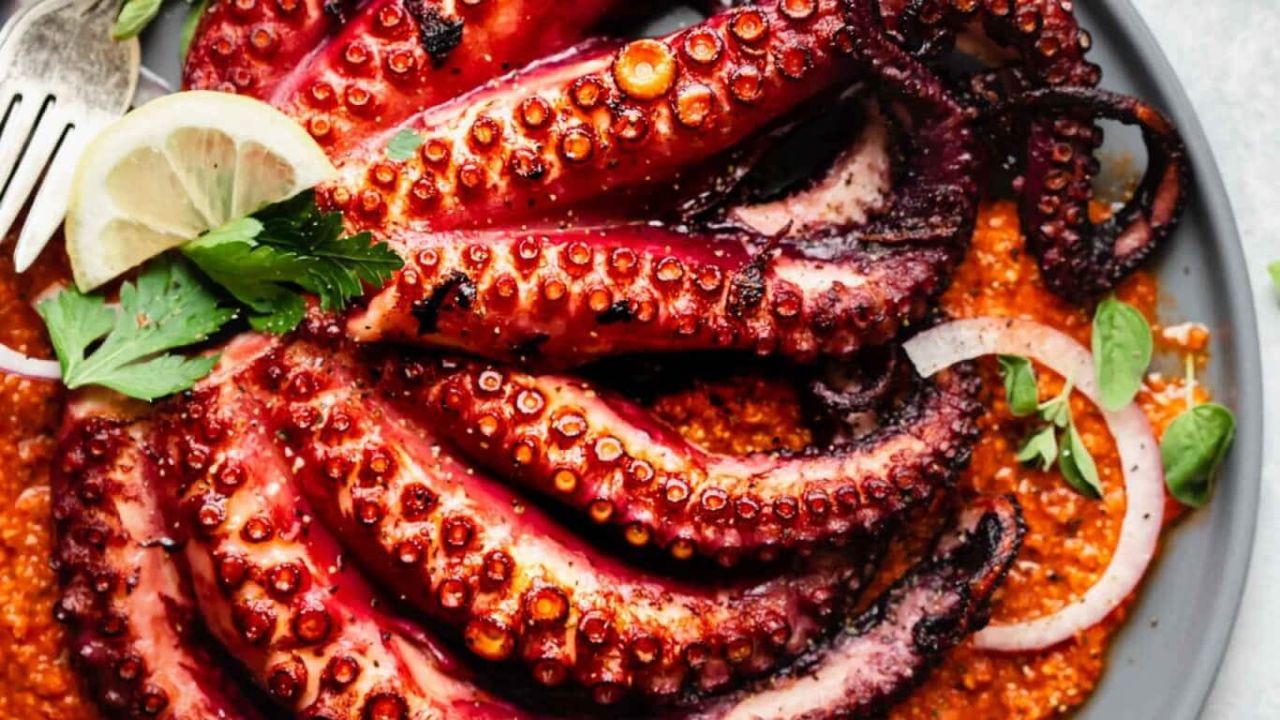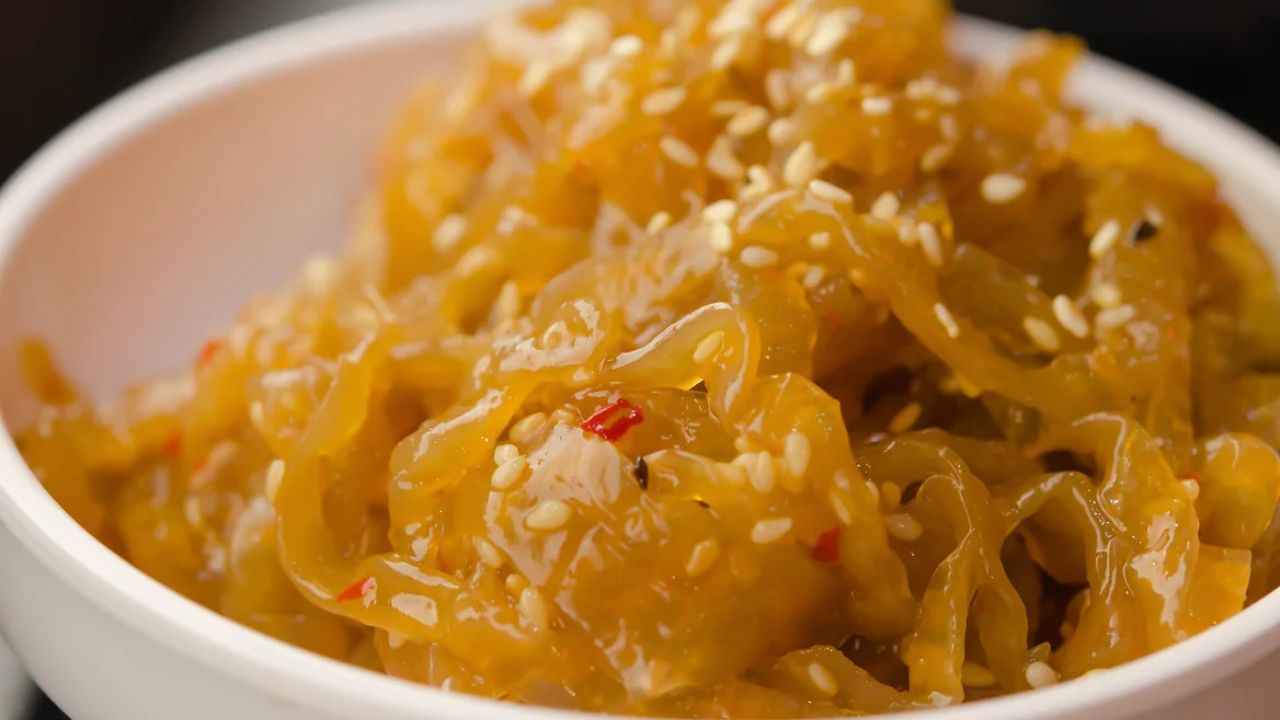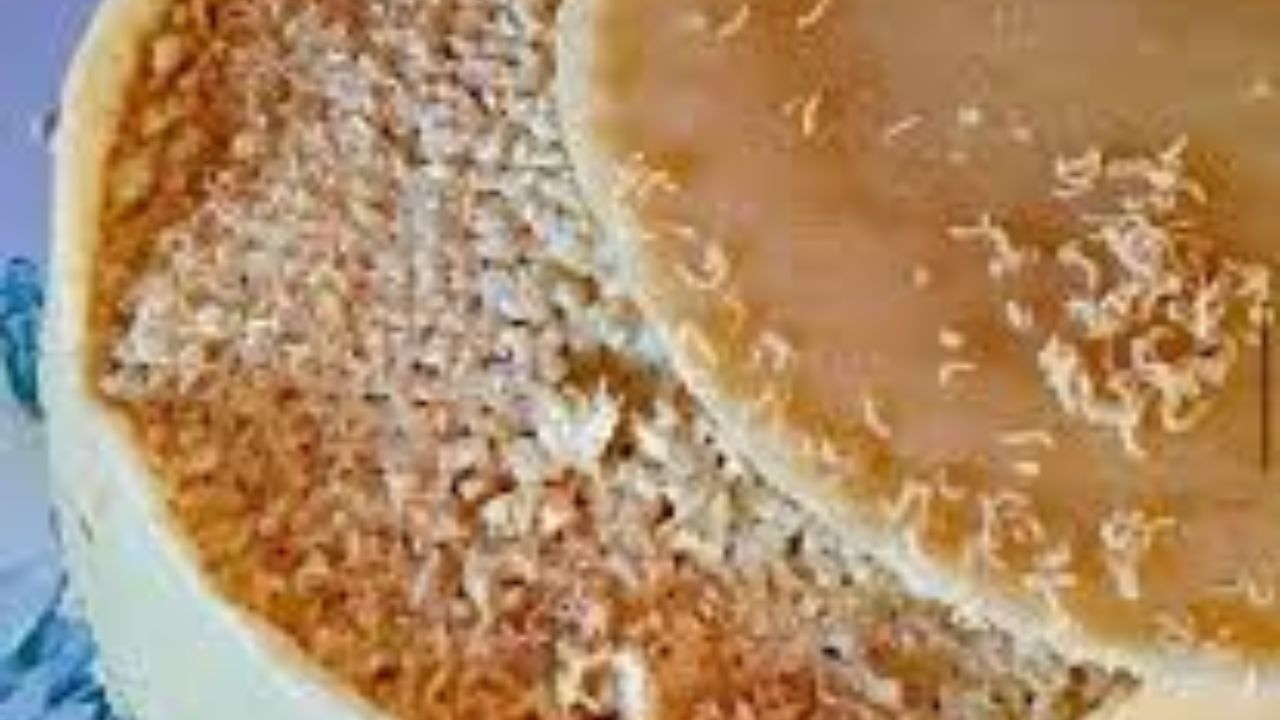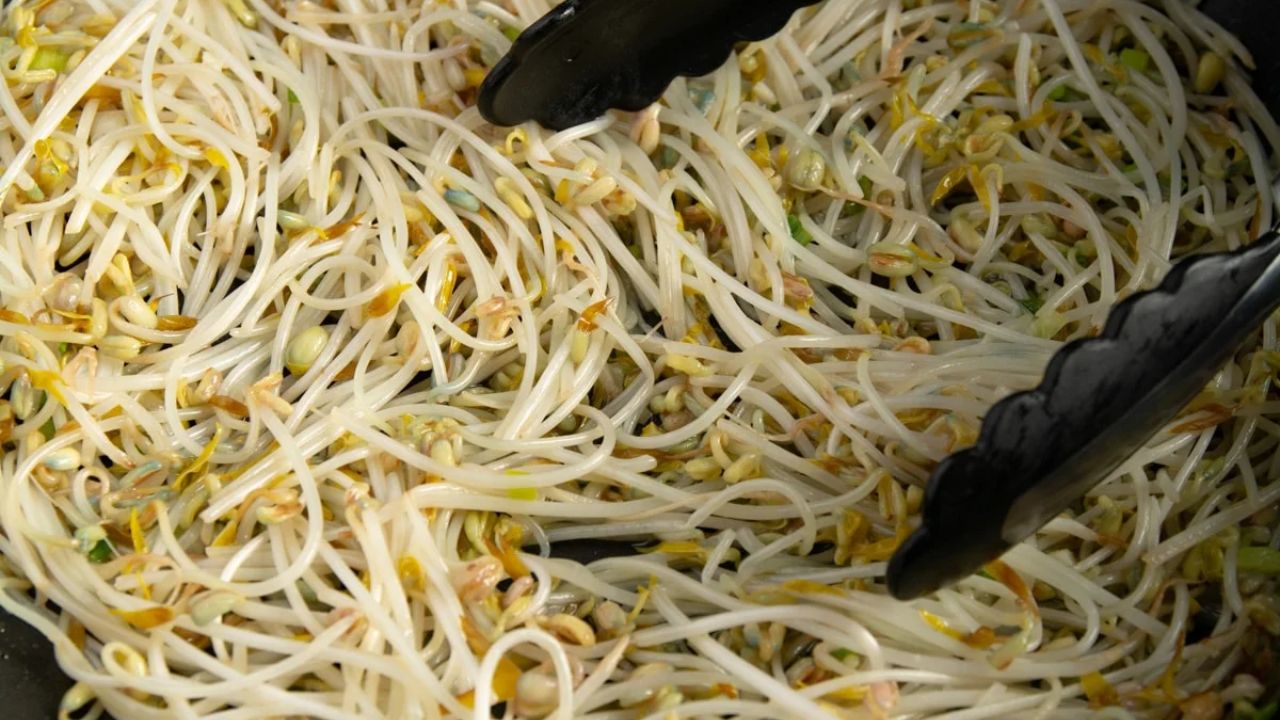Hey there, curious readers! Today, we’re going on a little adventure to explore something really interesting but also a bit scary: dangerous foods! Imagine foods that can be a little bit like sneaky villains in a storybook. They might look yummy but can cause trouble if we’re not careful. So, buckle up your seatbelts and get ready to learn about some foods that are not only tasty but also a bit risky. Ready? Let’s dive in!

1: Greenland Shark – The Sneaky Toxic Fish
This fish might seem like it belongs in the deep blue sea adventure, but did you know it can be a little dangerous to eat? The Greenland Shark has a special trick up its sleeve – it’s filled with something called urea and trimethylamine oxide. These might sound like big, scary words, but they’re basically chemicals that can make people sick if the shark isn’t prepared just right. So, if you ever find yourself face-to-face with a Greenland Shark dish, make sure it’s been cooked properly by an expert chef!

2: Echizen Kurage – The Mysterious Jellyfish
These jellyfish might look mesmerizing as they float gracefully in the water, but they hide a secret danger. Inside their delicate bodies, they carry toxins that can be harmful if not handled carefully. Just like a jellyfish sting can cause a sting on the beach, eating Echizen Kurage without proper preparation can make you sick. That’s why it’s crucial to leave the cooking of these sea creatures to the experts who know how to neutralize their toxins.

3: Dragon’s Breath – The Frosty Fire Snack
No, we’re not talking about real dragons here, but a snack that’s as icy as it is fiery. Dragon’s Breath is made using a magical ingredient called liquid nitrogen. When you eat it, you might feel like you’re breathing out smoke, just like a dragon! But here’s the catch – if you eat Dragon’s Breath too quickly, it can actually give you frostbite! That’s because liquid nitrogen is super cold, and we need to be careful when we play with it. So, if you ever get the chance to try Dragon’s Breath, remember to take small bites and let them warm up a little before you gobble them down.

4: Casu Marzu – The Cheesy Adventure with a Twist
This cheese comes from the beautiful island of Sardinia, but it’s not your ordinary cheese. Picture this: it’s a cheese that’s been left out to age, and during that time, little insect larvae make themselves at home inside. Yes, you heard that right – there are tiny, wriggling critters in this cheese! Now, here’s where it gets tricky. While some people love the unique flavor that these larvae bring to the cheese, eating Casu Marzu can be risky. Those little larvae can cause some tummy troubles if they’re not your cup of tea. That’s why it’s essential to enjoy Casu Marzu only if you’re brave enough and if it’s been prepared by a skilled cheese-maker who knows how to handle it safely.

5: Cassava – The Tricky Tropical Root
Picture a big, brown root that grows in tropical places like Africa and South America. Cassava might seem like a humble vegetable, but it holds a secret that we need to be cautious about. Inside cassava, there are chemicals called cyanogenic glycosides. Woah, big words! What they mean is that if cassava isn’t prepared just right, it can release a poison called cyanide. Yikes! But don’t worry, with a little bit of cooking magic, cassava can become a delicious and safe treat. Just make sure it’s cooked thoroughly before you dig in!
Discover the web story of :10 Most Dangerous Foods In The World

6: Blood Clams – The Mysterious Sea Treat
Blood clams earned their name because of the red liquid they contain, which some people find appetizing. However, there’s a hidden danger lurking inside these shellfish. Blood clams have a habit of filtering water to eat, but sometimes they end up slurping up some not-so-tasty stuff, like bacteria and viruses. That’s why eating raw or undercooked blood clams can lead to some nasty infections like hepatitis A and typhoid fever. So, if you ever come across blood clams on the menu, make sure they’re cooked thoroughly to keep your tummy happy and healthy!

7: Bean Sprouts – The Tiny Yet Troublesome Sprouts
Time to shrink down and explore the world of bean sprouts! These little guys might seem harmless, but they can pack a punch if we’re not careful. Bean sprouts are those tiny, crunchy sprouts you often find in salads and stir-fries. They’re full of nutrients and can add a nice crunch to your meals. However, there’s a catch – bean sprouts can sometimes carry some unwelcome guests, like bacteria such as E. coli and Salmonella. These little bacteria can make us sick if we eat bean sprouts that haven’t been cleaned or cooked properly. So, before you toss those bean sprouts into your dish, give them a good wash and cook them up just to be safe!

8: Namibian Bullfrog – The Amphibian Adventure
Hold on tight, because our next stop is in the wilds of Africa to meet the Namibian Bullfrog! This hefty amphibian might seem like an unlikely candidate for our dangerous foods list, but it’s important to know that not all frogs are safe to eat. The Namibian Bullfrog can carry toxins and harmful microorganisms, especially if it’s not cooked thoroughly. That’s why it’s crucial to leave the preparation of this frog to skilled cooks who know how to remove any potential risks. By making sure the Namibian Bullfrog is cooked properly, we can enjoy its unique taste without any worries.

9: Ackee – The Fruit of Caution
Our next destination brings us to the sunny shores of Jamaica to discover the intriguing fruit known as Ackee! Picture a pear-shaped fruit with bright red pods that burst open to reveal shiny black seeds and creamy yellow flesh. It might sound delicious, but there’s a catch. Ackee contains a compound called hypoglycin A, which can cause a condition known as Jamaican Vomiting Sickness if the fruit isn’t ripe or prepared correctly. That’s why it’s crucial to wait until the ackee pods naturally open and turn bright red before harvesting them. And when it comes to cooking ackee, make sure it’s fully ripe and properly cleaned to avoid any unwanted side effects.

10: Absinthe – The Enigmatic Elixir
Our culinary adventure wouldn’t be complete without exploring the mysterious world of Absinthe! Imagine a greenish liquid swirling in a glass, surrounded by an air of intrigue and mystique. Absinthe is a potent alcoholic beverage infused with botanicals like wormwood, fennel, and anise. But here’s where things get interesting: Absinthe contains a compound called thujone, which in large doses can be toxic and lead to hallucinations and seizures. While Absinthe is legal in many places, it’s essential to enjoy it responsibly and in moderation. So, if you ever find yourself tempted by the allure of Absinthe, remember to sip it slowly and appreciate its complexity while staying safe.

